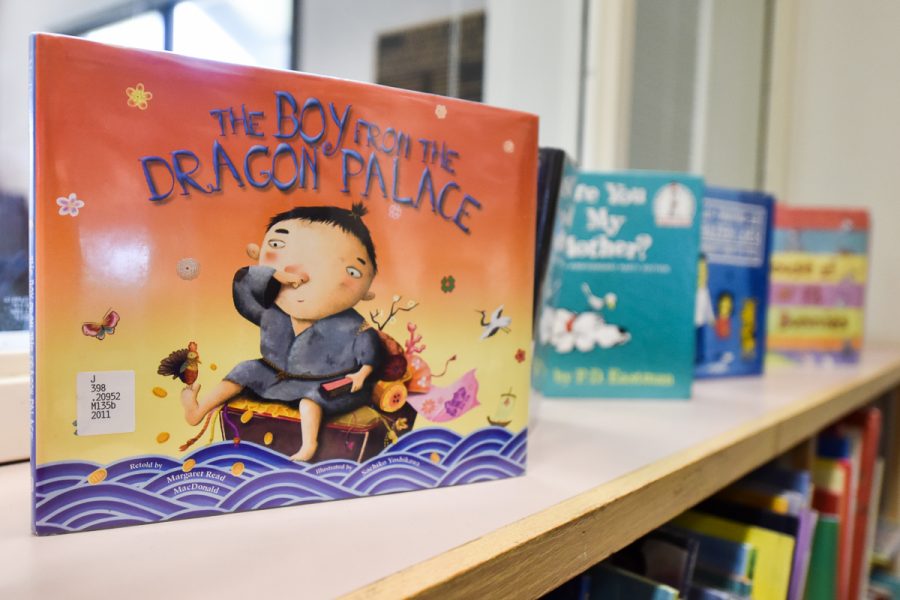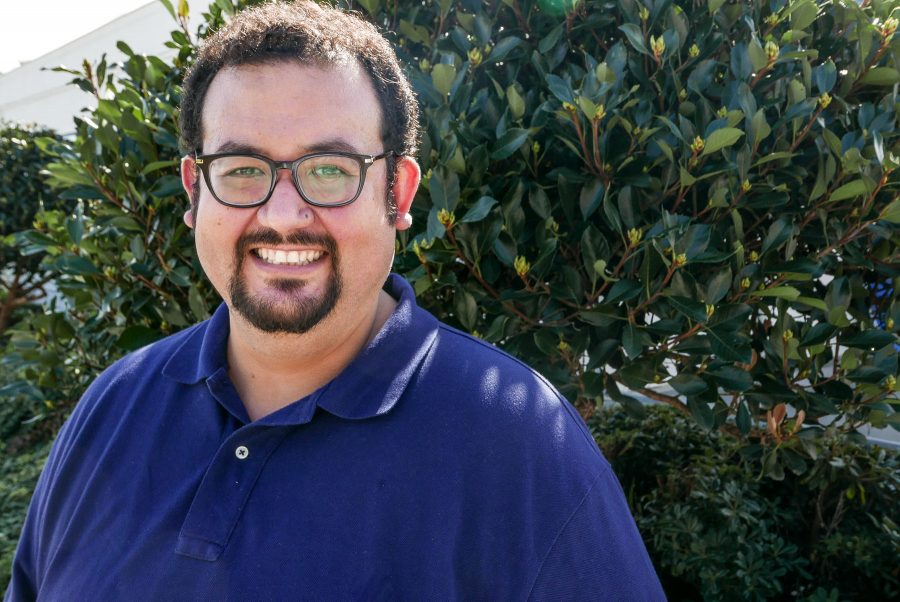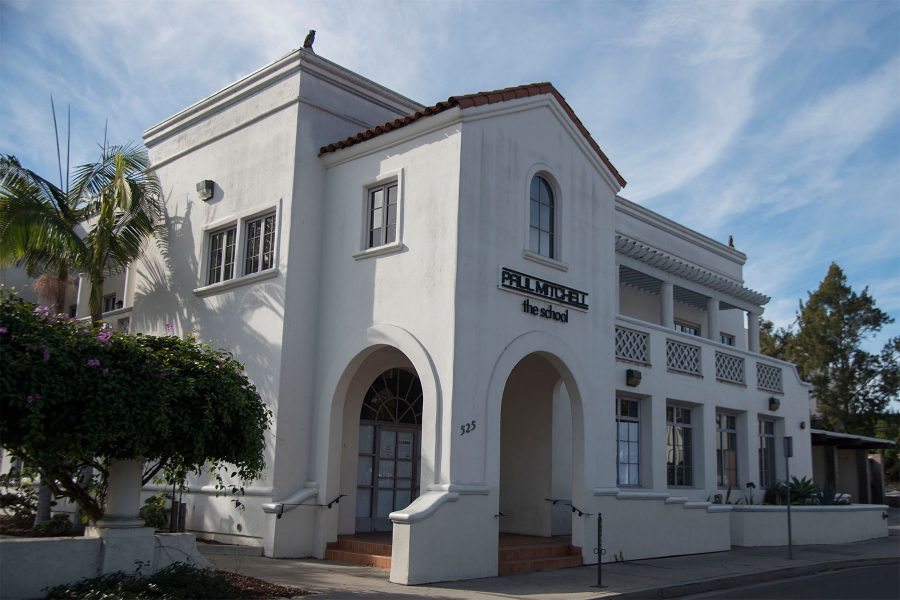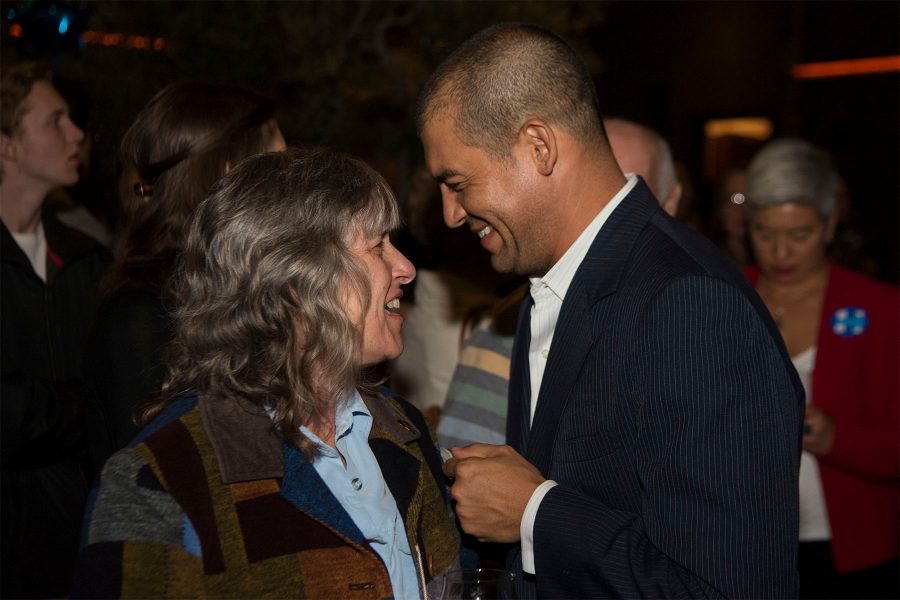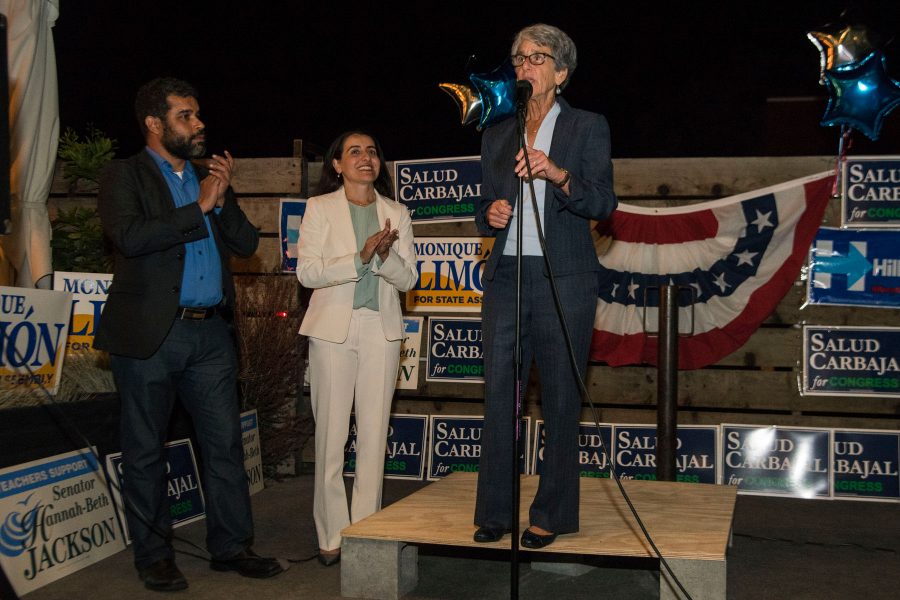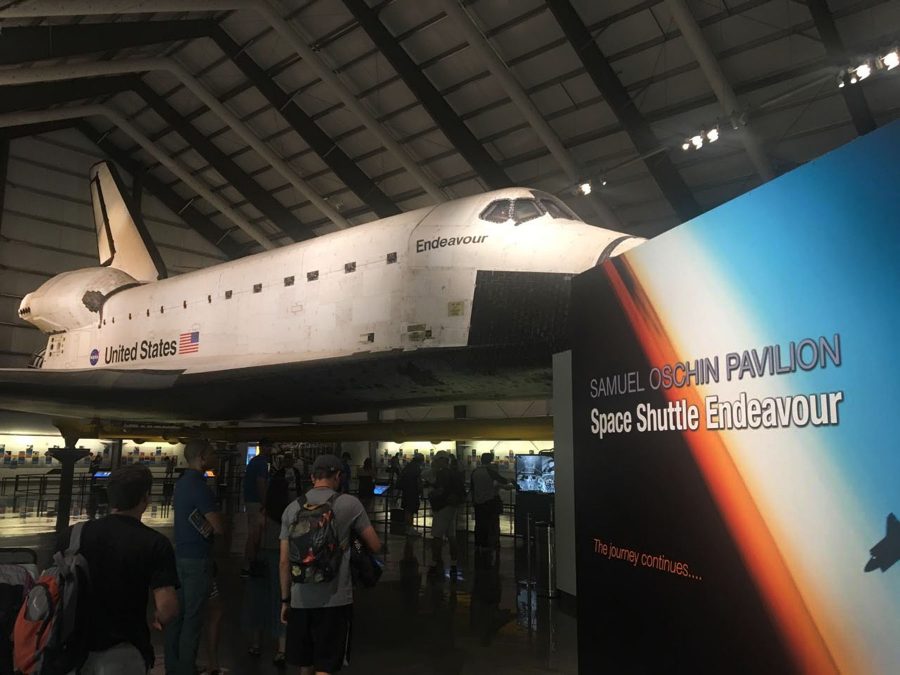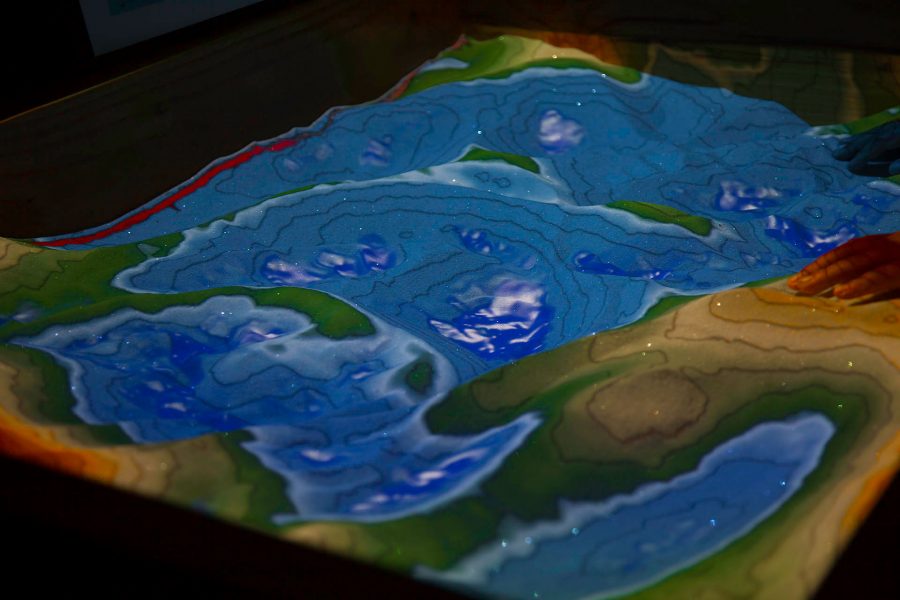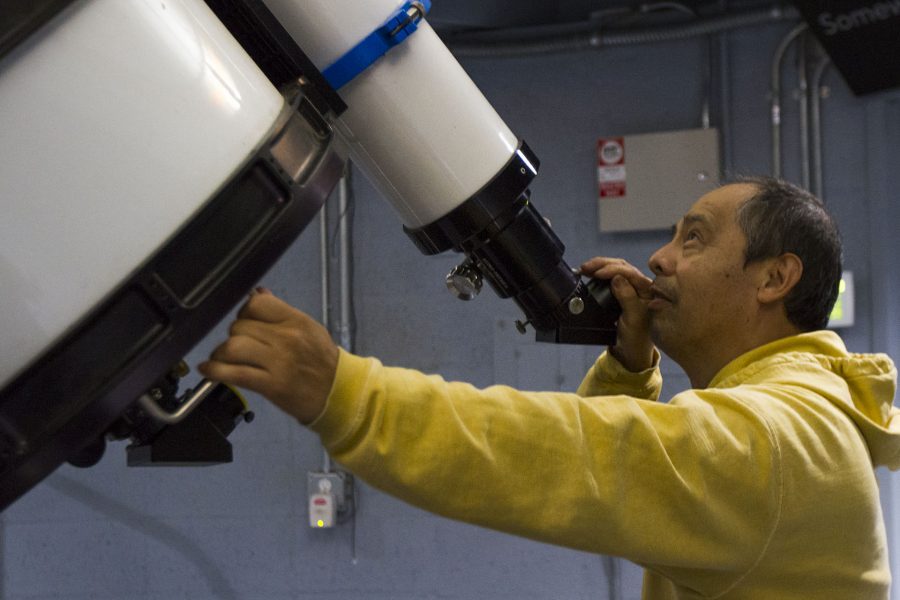This year’s faculty speaker discussed the elephant in the room to about 400 people in the Sports Pavilion for the 31st Annual Faculty Lecture.
Dr. Robert Gray, chair of the City College geology program, presented the hypothesis, that a major extraterrestrial event caused the last great extinction, to a capacity-filled gym on Thursday.
“I want to take you back to the Ice Age,” he said as he prefaced his speech.
For more than half of his life, Gray has been teaching within the college’s Geology Department. A crowd in the Sports Pavilion welcomed the distinguished professor at the annual event.
His speech, “Exiled Mammoths of the Channel Islands and Saber Tooth Cats of Rancho La Brea: The Last Great Extinction,” focused on the pygmy mammoths of the Channel Islands and the extinction of nearly 40 mammals.
“In a good mystery everyone has their idea of who killed who,” Gray said. “The same thing can be said here.”
There are a number of hypotheses for the reason behind the extinction of ice age animals, but they all have holes, he said.
Some scientists believe that over 12,000 years ago the extinction of these animals and decrease in human population could have been due to overhunting, a giant volcano eruption or what Gray believes is an outside force.
The one that makes the most sense to Gray includes geologic evidence of comets.
All around the United States, layers of charcoal called black mats are found, Gray said. The data collected by geologists date the black mats to 12,900 years ago. Because there are no fossils of the previously thriving ice age mammals found above the line of the black mats, he believes that this is where the extinction occurred.
“What we find here is the smoking gun,” Gray said.
He used graphs, bullet points and pictures to present evidence that linked comets to the last extinction. Real fossils and casts were on display in the lobby for the audience to look at after the lecture.
Gray also gave insight to the most well known animals of the ice age, mammoths and saber-toothed cats.
The pygmy mammoth found on the islands is a descendant to the much larger Columbian Mammoths that traveled the continent, Gray said. Much like modern elephants, mammoths were able to swim, which is how Gray proposes the animal reached the islands.
The Columbian Mammoth shrank over time to adapt to the island’s geography, which is how the pygmy mammoth came to exist.
And today, people like Dr. Gray are digging them up.
Gray came to work as an interim geology teacher at City College in 1967. Since then, he has become a driving force for the department’s success, including the development of the new Earth and Biological Sciences building and the Geology Majors Program.
“Bob is a truly good man, a role model,” said Jan Dependahl, a lab teaching assistant in the Geology Department. “He’s the kind of man who gives more than he receives.”
The professor earned his doctorate in Geology from the University of Arizona, and was honored with the Grover E. Murray Memorial Distinguished Educator Award, which is only given to one college geology educator in the United States per year. He is the only community college teacher to have ever received it.
His reputation is well known.
“We drove 600 miles,” said alum Daniel Borer, who came to the lecture from Northern Arizona University, where he continues to study geology. “I should be in school right now.”
Along with fragments of “mammoth tusks” as parting gifts, Dr. Gray granted the audience with the highest honor one can receive in the geology world, something the department calls the “Woolly Salute.”
Geology students and faculty members joined Gray in front of the audience wearing plastic elephant masks. With their arms to their faces like trunks, they performed a motion that is “all in the wrist,” Gray said.
Solving the mysteries of the ice age, this geology detective received a standing ovation from the attendees. Gray’s speech marked one more faculty lecture that will go down in history.



